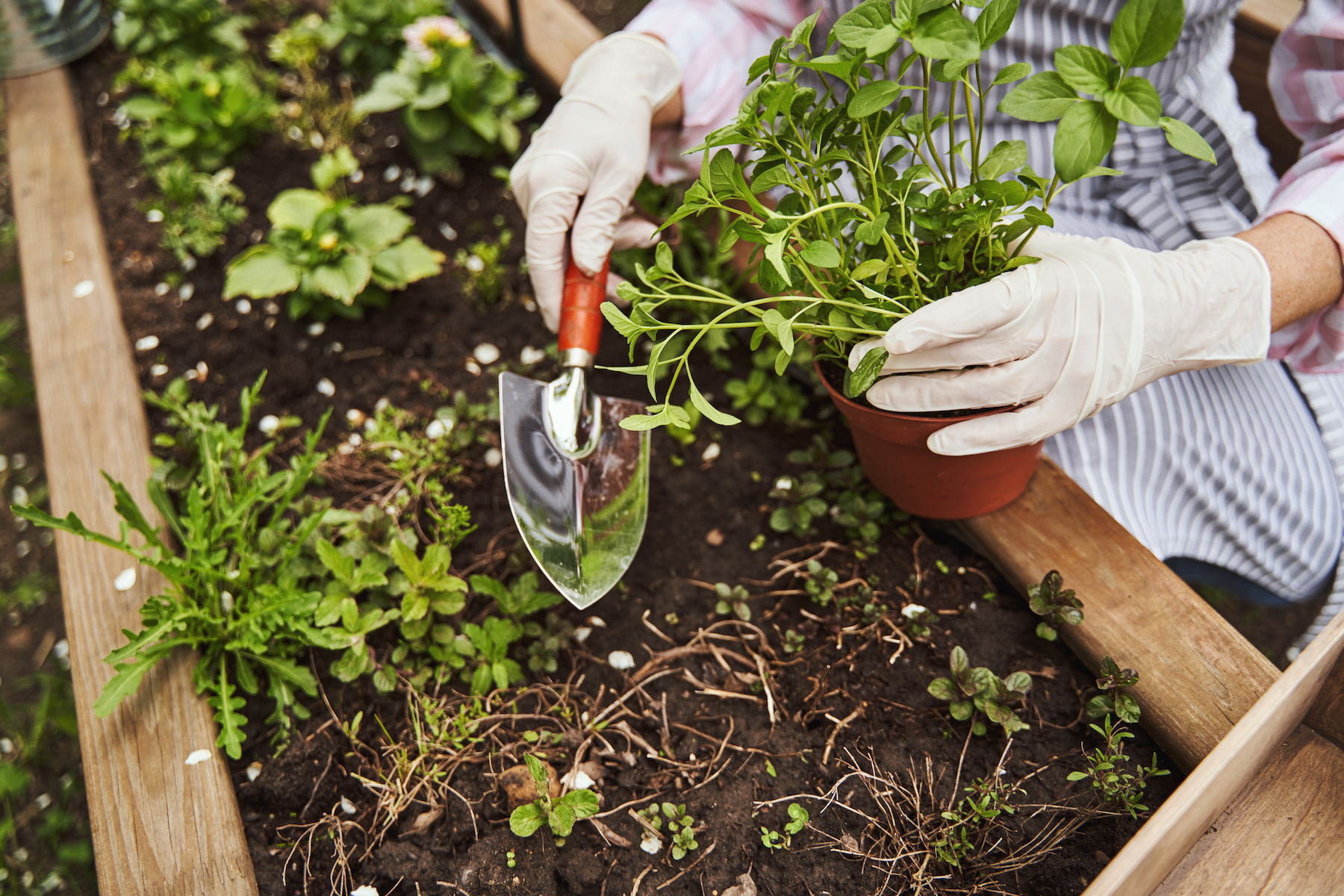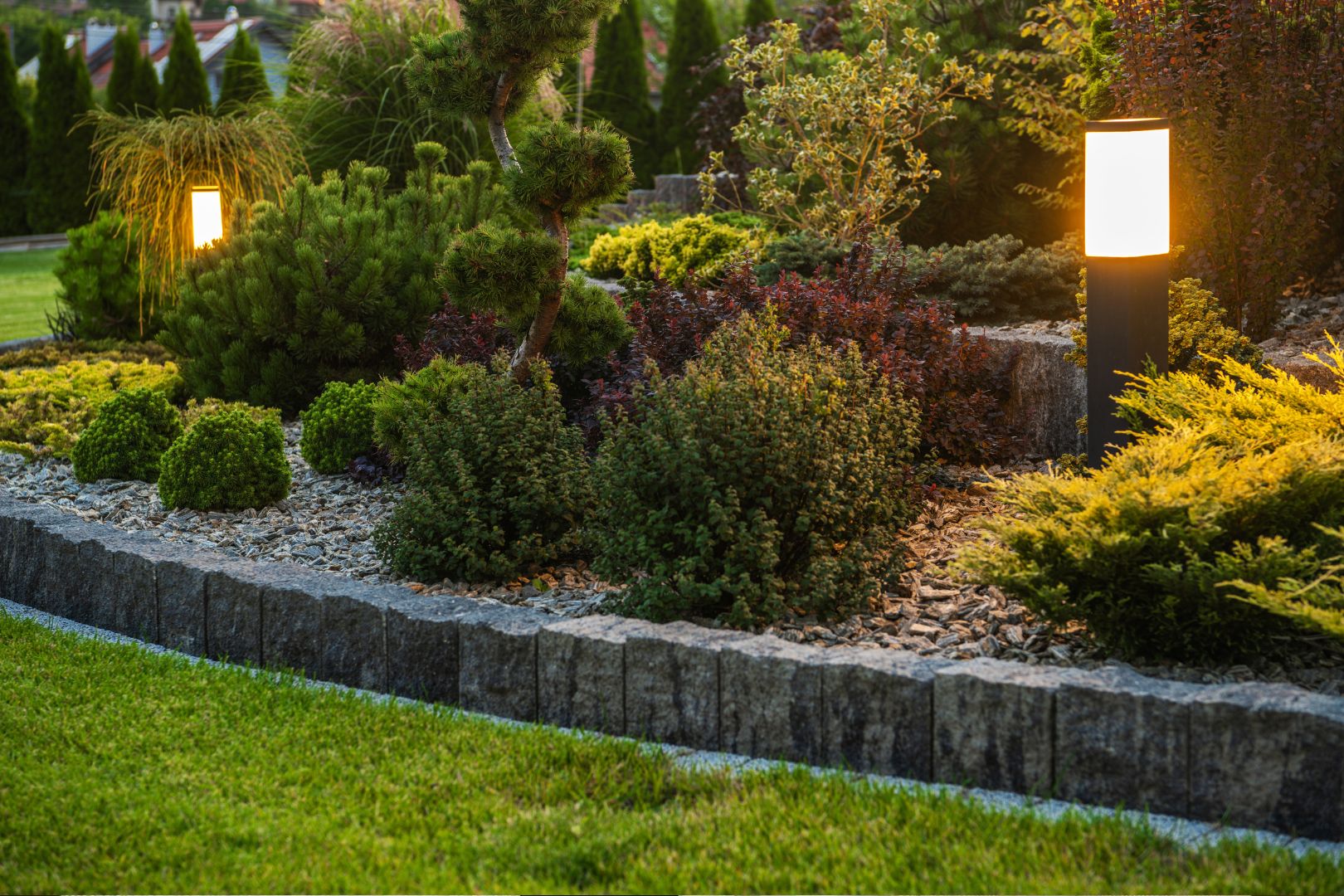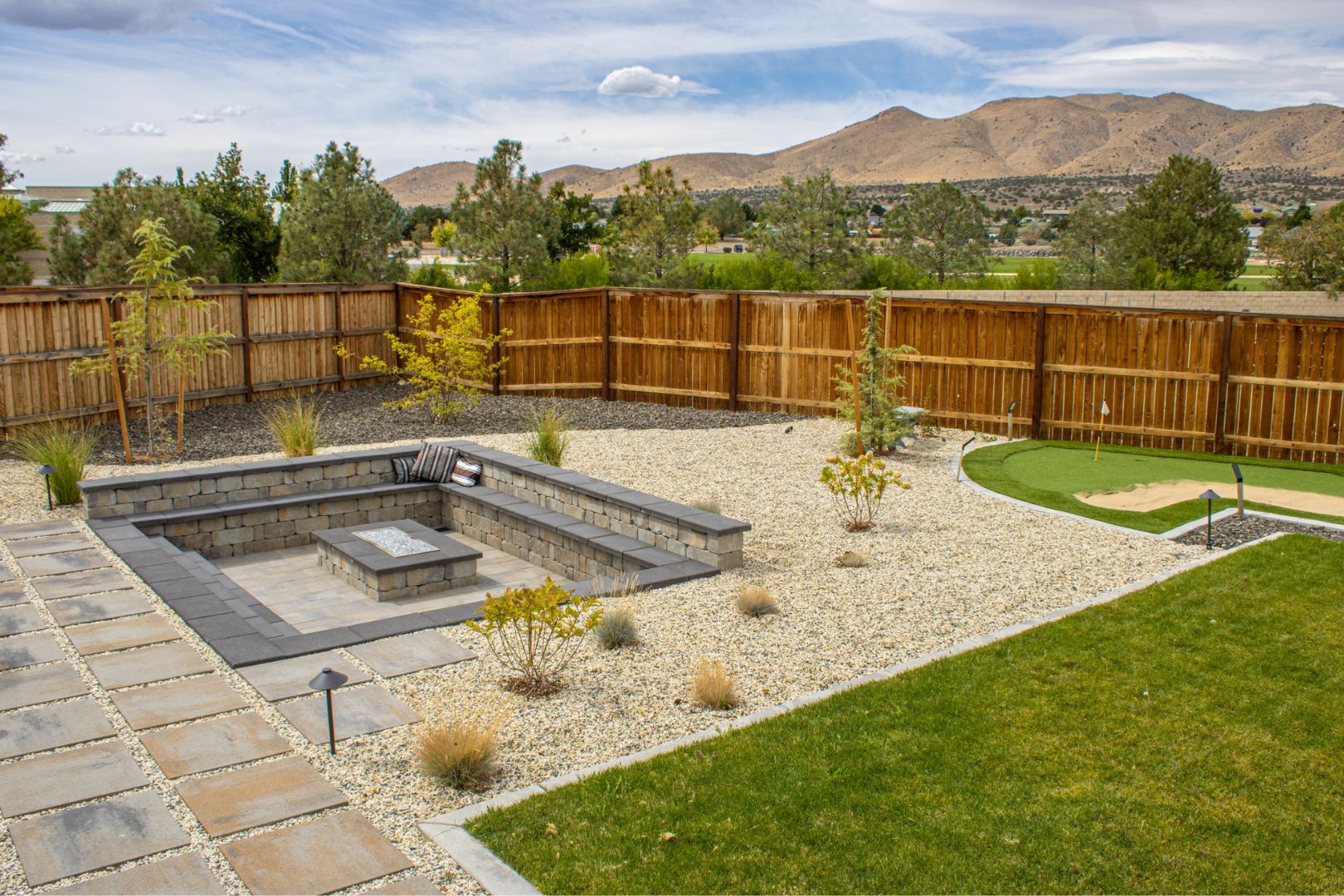A healthy garden starts with the soil. If your soil isn’t healthy, your plants won’t be either. In this blog post, we will discuss the different types of soil and how to amend them so that you can have a thriving garden! We will also talk about the nutrients that plants need and how to provide them in order to make sure your plants are getting what they need.
What nutrients do plants need?
Plants need a variety of nutrients in order to grow and thrive. The most important nutrients are nitrogen, phosphorus, and potassium (NPK). These nutrients are essential for photosynthesis, root growth, and flower production. Here is a list of some other nutrients that plants need and the benefits they provide:
– Calcium promotes strong cell walls and healthy plant growth.
– Copper is important for photosynthesis and helps plants resist disease.
– Iron is necessary for the production of chlorophyll, which is needed for photosynthesis.
– Magnesium is necessary for the production of chlorophyll and assists in protein formation.
How do you add nutrients to your soil?
There are a few ways to add nutrients to your soil. You can add organic matter such as compost, which will help to improve the texture and fertility of the soil, and is rich in nutrients like nitrogen, phosphorous, and potassium. Compost also promotes healthy microbe growth, which work in harmony with plants by transferring nutrients to their roots.
You can also add fertilizer, which will provide your plants with a boost of essential nutrients. When choosing a fertilizer, it’s important to consider what type of plants you are growing and what stage of growth they are in.
There are two main types of fertilizers:
Organic fertilizers: These fertilizers are made from natural materials, such as compost, animal manure, or green manures. They release nutrients slowly over time so your plant can continue to benefit as they grow.
Inorganic fertilizers: These fertilizers are made from synthetic materials, such as ammonium nitrate or urea. While they can promote quick plant growth, they don’t have the same benefit to the soil and ecology of your garden as organic fertilizer. In fact, inorganic fertilizers can deplete your soil of nutrients over time.
There are three main types of soil: sandy soil, clay soil, and loam soil.
Sandy soil is light and doesn’t hold moisture well, making it difficult for plants to grow. It is also low in nutrients. To amend sandy soil, you can add organic matter such as compost to help improve the texture and fertility.
Clay soil is heavy and dense, and it holds moisture well. This makes it a good choice for plants that need a lot of water, such as vegetables or flowers. However, because clay soil doesn’t drain well, it can be difficult for plants to get the air they need. To amend clay soil, you can add organic matter such as compost, which will help to improve the drainage and aeration of the soil. You can also add sand to help lighten the soil and make it easier for plants to grow.
Loam soil is the best type of soil for gardening because it is well-drained and fertile. It contains a mixture of sand, silt, and clay, as well as organic matter which provides nutrients to plants. Loam soil can be used as a topsoil because of its fertility and texture.
Can you improve poor soil quality?
Yes, but it could take time. To prepare bad soil to make a garden, start by removing any large rocks or other debris from the surface. Then, use a shovel to loosen the soil and remove any large clumps. You can also add organic matter such as compost or manure to help improve the soil’s quality. If your soil is sandy or dense clay, it could require several years of work adding compost, manure, mulch, and other organic material before the quality is suitable for gardening.
Additionally, you can plant cover crops to enhance dull, lifeless soil. Cover crops are an important part of any healthy garden. There are many different types of cover crops, and each one has its own benefits. Some common cover crops include clover, rye grass, and alfalfa. They protect the soil from erosion, add organic matter to the soil, and help improve the quality of the soil. Cover crops cushion the dirt below from rain and wind, so rainwater can drip down into the soil rather than eroding it and causing damage. The introduction of water into the soil creates filtration, as do the roots from the grasses. These changes to the soil create a more stable medium for plants and other lifeforms like insects and microbes, creating a viable ecosystem for a garden.
Contact your Northern Nevada landscaping experts for more tips on how to help your garden thrive!



